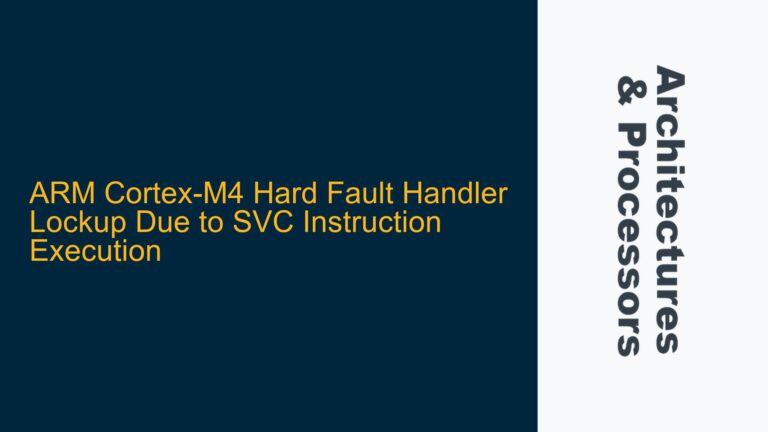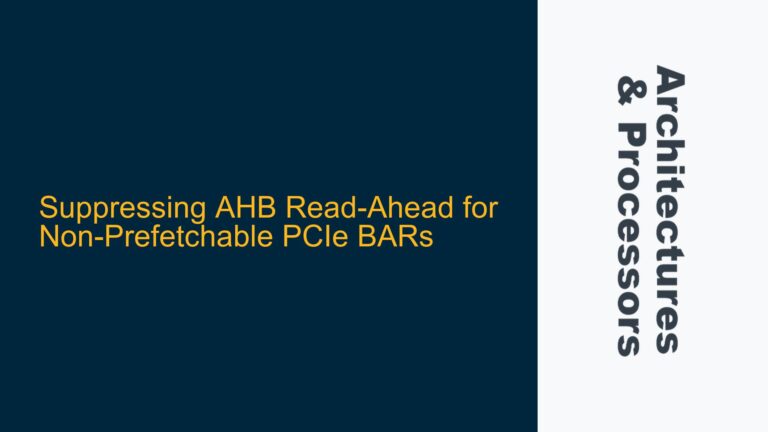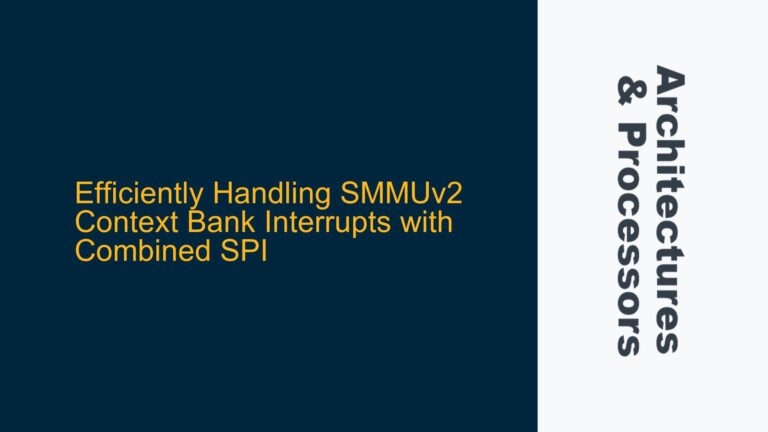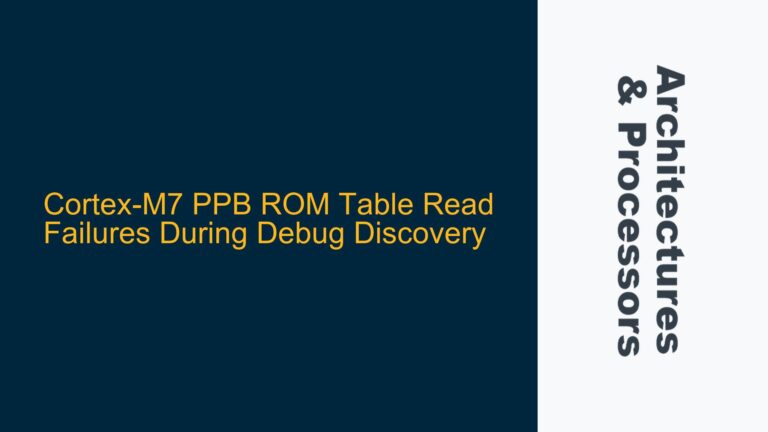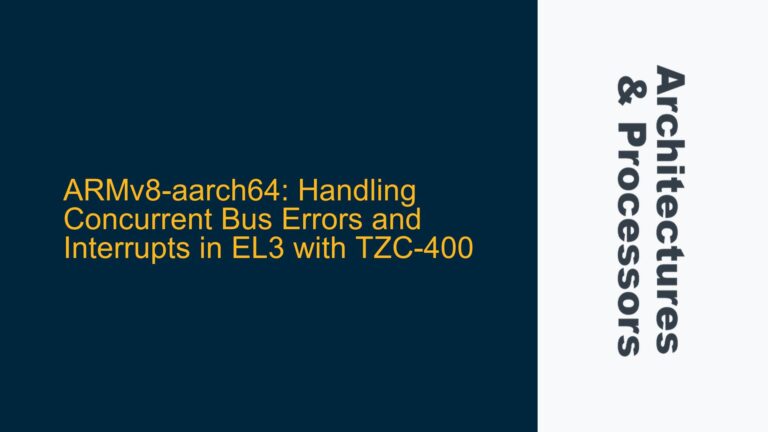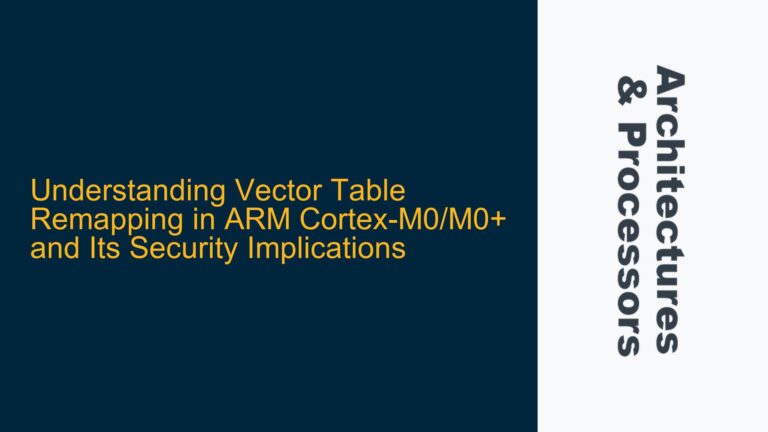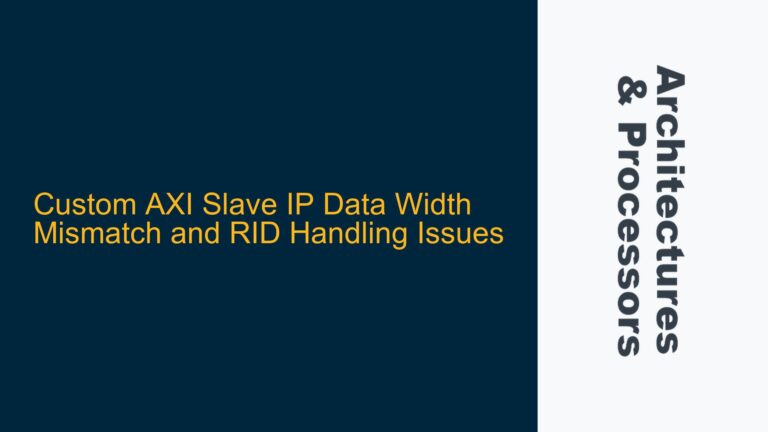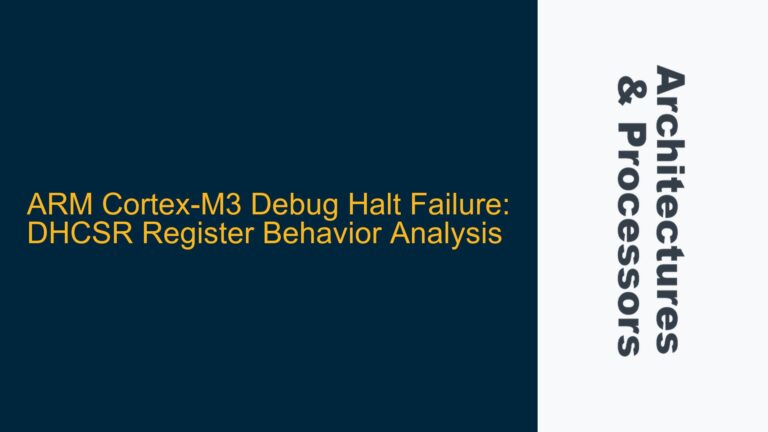ARM Cortex-M4 Hard Fault Handler Lockup Due to SVC Instruction Execution
ARM Cortex-M4 Hard Fault Handler Lockup Due to SVC Instruction Execution Issue Overview The core issue revolves around the execution of the Supervisor Call (SVC) instruction within the Hard Fault Handler on an ARM Cortex-M4 processor, specifically the STM32F407VG microcontroller. When the SVC instruction is executed inside the Hard Fault Handler, the system enters a…
